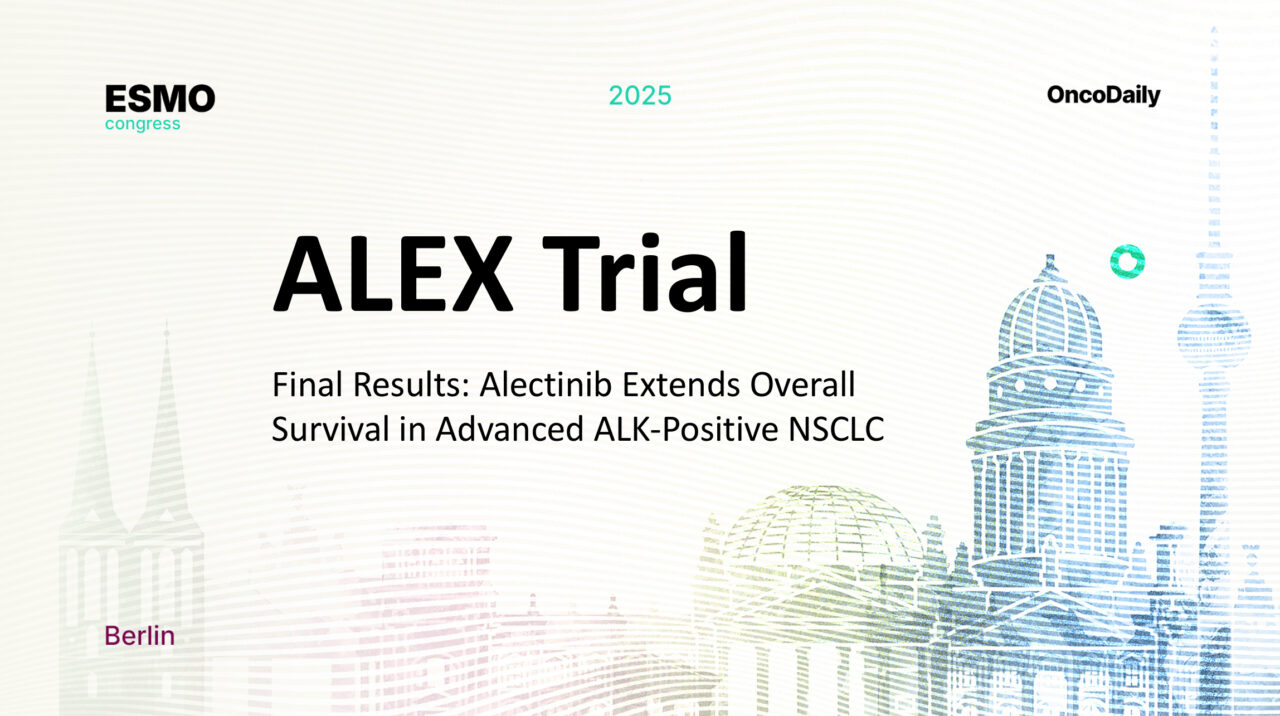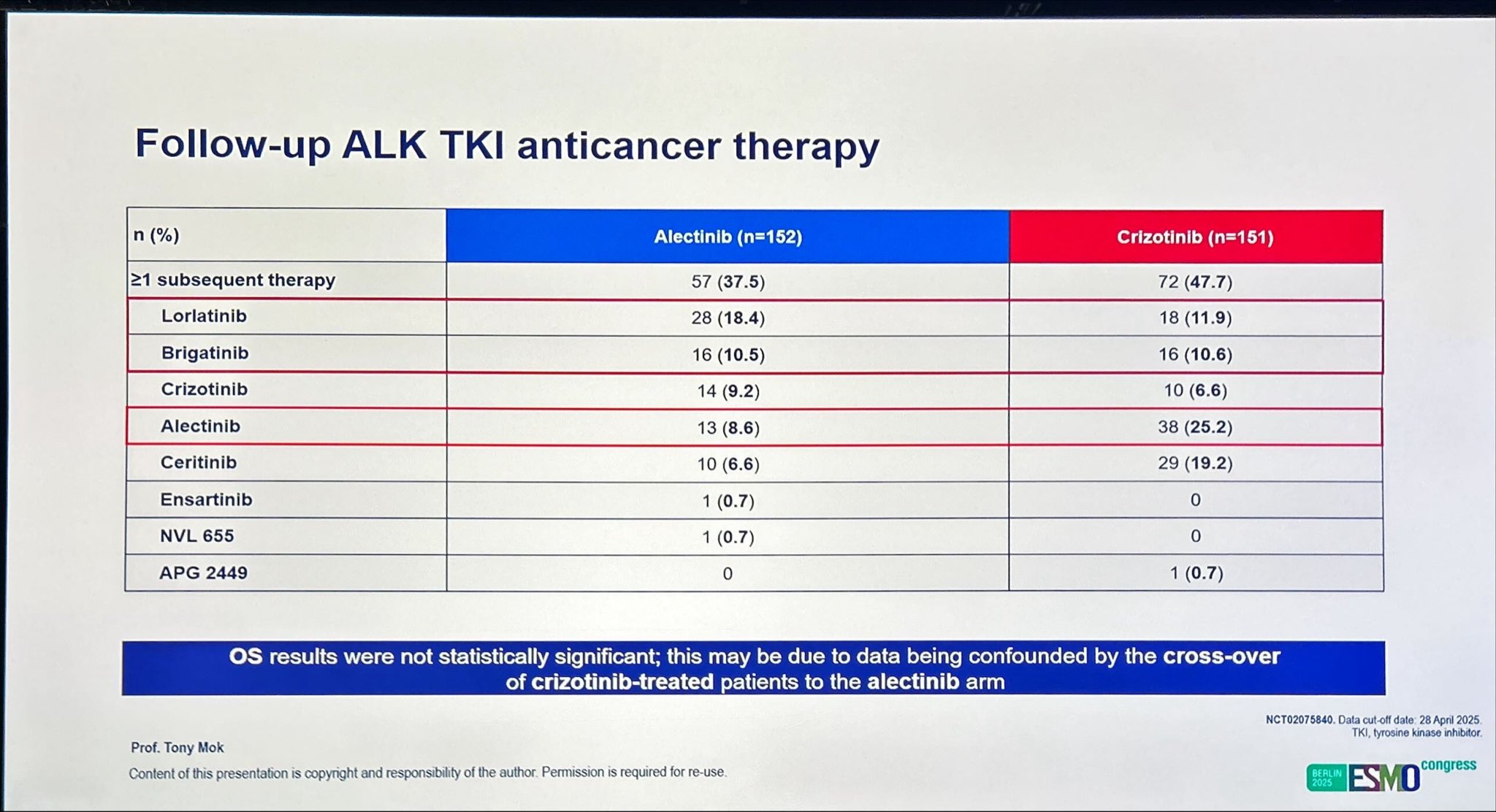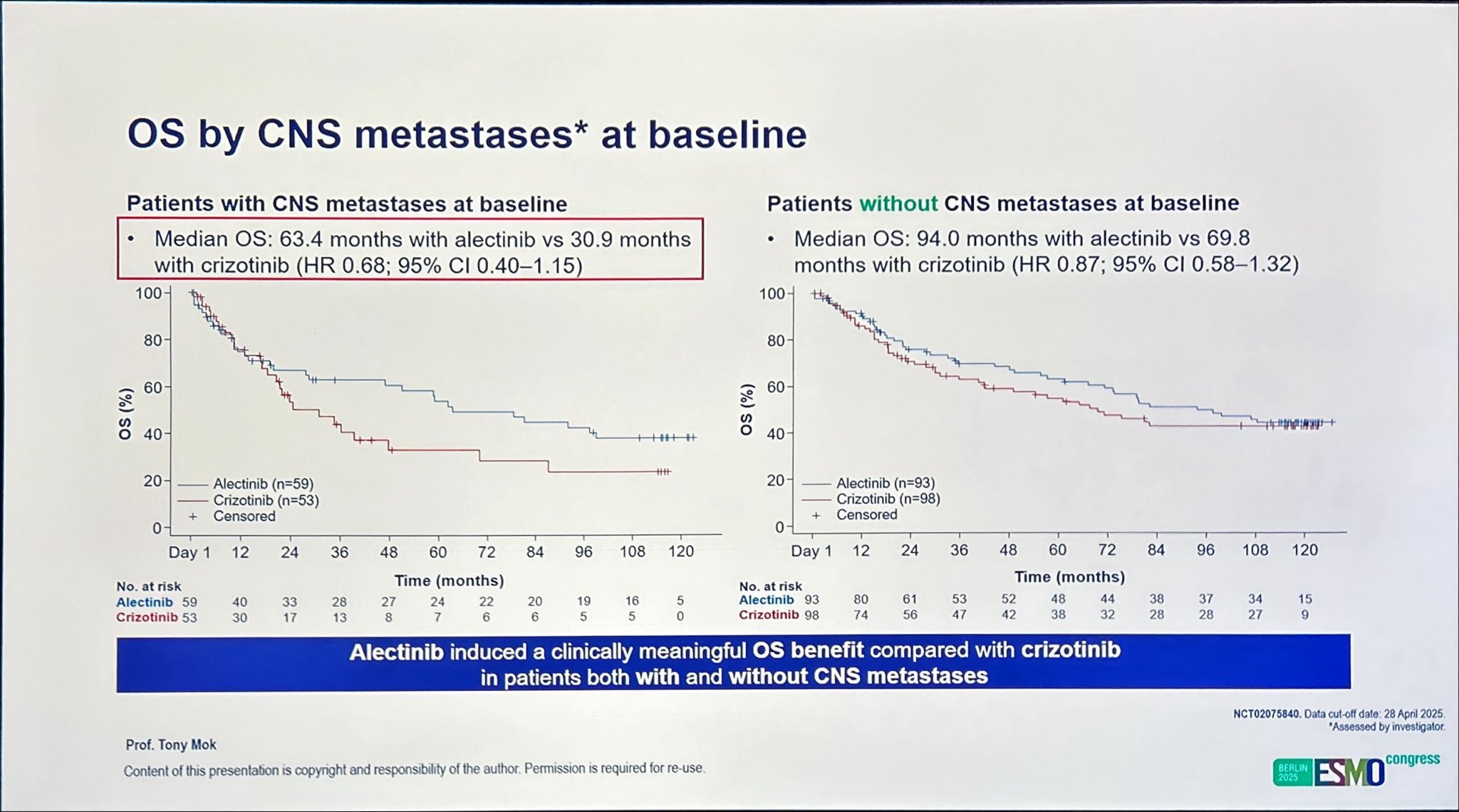- Thieves strike Louvre in brazen jewel heist as the world’s most visited museum shuts The Washington Post
- Hunt continues for thieves after priceless jewels stolen in heist at Louvre museum in Paris BBC
- Jewellery stolen from Louvre…
Blog
-
Thieves strike Louvre in brazen jewel heist as the world’s most visited museum shuts – The Washington Post
-

Blood Test Detects Dozens Of Cancers Early
A new blood test capable of detecting more than 50 types of cancer has delivered highly promising results in one of the largest interventional screening trials to date. The PATHFINDER 2 study of the Galleri multi-cancer early detection (MCED)…
Continue Reading
-

PepsiCo (NASDAQ:PEP) investors are sitting on a loss of 8.8% if they invested a year ago
Investors can approximate the average market return by buying an index fund. While individual stocks can be big winners, plenty more fail to generate satisfactory returns. That downside risk was realized by PepsiCo, Inc. (NASDAQ:PEP) shareholders over the last year, as the share price declined 12%. That’s well below the market return of 16%. Zooming out, the stock is down 11% in the last three years. On the other hand, we note it’s up 8.8% in about a month.
So let’s have a look and see if the longer term performance of the company has been in line with the underlying business’ progress.
We’ve found 21 US stocks that are forecast to pay a dividend yield of over 6% next year. See the full list for free.
There is no denying that markets are sometimes efficient, but prices do not always reflect underlying business performance. One flawed but reasonable way to assess how sentiment around a company has changed is to compare the earnings per share (EPS) with the share price.
Unhappily, PepsiCo had to report a 20% decline in EPS over the last year. The share price fall of 12% isn’t as bad as the reduction in earnings per share. So the market may not be too worried about the EPS figure, at the moment — or it may have expected earnings to drop faster.
You can see how EPS has changed over time in the image below (click on the chart to see the exact values).
NasdaqGS:PEP Earnings Per Share Growth October 19th 2025 It might be well worthwhile taking a look at our free report on PepsiCo’s earnings, revenue and cash flow.
As well as measuring the share price return, investors should also consider the total shareholder return (TSR). The TSR incorporates the value of any spin-offs or discounted capital raisings, along with any dividends, based on the assumption that the dividends are reinvested. So for companies that pay a generous dividend, the TSR is often a lot higher than the share price return. In the case of PepsiCo, it has a TSR of -8.8% for the last 1 year. That exceeds its share price return that we previously mentioned. This is largely a result of its dividend payments!
Investors in PepsiCo had a tough year, with a total loss of 8.8% (including dividends), against a market gain of about 16%. However, keep in mind that even the best stocks will sometimes underperform the market over a twelve month period. Longer term investors wouldn’t be so upset, since they would have made 5%, each year, over five years. It could be that the recent sell-off is an opportunity, so it may be worth checking the fundamental data for signs of a long term growth trend. While it is well worth considering the different impacts that market conditions can have on the share price, there are other factors that are even more important. Even so, be aware that PepsiCo is showing 3 warning signs in our investment analysis , and 1 of those is a bit concerning…
Continue Reading
-

There’s one key piece of chart evidence missing to call for a stock-market correction
By Tomi Kilgore
Repeating patterns of higher highs and holding support show bulls continue to succeed – but a break of mid-September support would be the first sign of failure
Despite concerns that a stock-market correction is imminent, repeating patterns of success by bulls show the uptrend is still intact – for now.
Those who believe a stock-market correction is imminent may have plenty of reason to do so, except the one thing that may matter the most for chart watchers – failure.
That’s why the S&P 500’s SPX 6,550 level is so important in the short term. There’s a tendency to look at the benchmark stock index’s chart for a signal suggesting that its uptrend is ending – but around market tops, it’s often what the index couldn’t do that confirms a reversal. And despite credit worries, a prolonged government shutdown and renewed tariff fears – which recently triggered the S&P 500’s biggest one-day selloff in six months – the charts still suggest bulls are in control.
What needs to happen for bulls to lose confidence, and confirm that a correction is in the works, is that the S&P 500 has to start failing to make higher highs while failing to hold support.
“Going back to the end of April, there have been multiple instances that [the S&P 500] looked ready to roll over; each one appeared ominous and threatened to flip momentum from positive to negative,” wrote Frank Cappelleri, technical analyst at CappThesis LLC, in a note to clients. “So far, none of those setups have confirmed, though, and that includes the current potential bearish pattern taking shape now (so far).”
As the following chart shows, there are some S&P 500 behaviors that have repeated in those previous and current “instances” that continue to confirm the uptrend.
Each potential reversal area, defined by different colors in the above chart, has been above the previous area. And in each colored area, the second peak has been higher than the first.
What that shows is that bulls continue to succeed in making higher highs – and as the saying among charts watchers goes, there’s nothing more bullish than a new high.
Additionally, the chart support created by the low of the pullback from the first peak in each colored area was successful in stopping the decline from the second peak.
Basically, each time bulls bought the dip, they were rewarded with a higher high. And success breeds the confidence to keep buying.
In the current setup, what would “confirm” a correction in the works is if the S&P 500 falls below the mid-September low, at 6,550, before the index can make a higher high. So the key upside levels to watch while the S&P 500 stays above 6,550 is the Oct. 15 intraday high of 6,724.12 and the Oct. 9 record high of 6,764.58.
If support would give way first, it would create a modified version of the widely known reversal pattern referred to as a “head and shoulders” – with the key component of that pattern being that the second shoulder is below the head.
It would also end what the Dow Theory, which has remained relevant on Wall Street for more than a century, defines as an uptrend – a repeating pattern of higher peaks and higher troughs.
CappThesis’s Cappelleri wrote that if support gives way, the initial measured-move target would be 6,335. He derived that target by measuring the height of the previous pattern, from support to the record high – 215 points – and then subtracting that from the broken support level.
While that might not seem too worrisome, as it would mark a pullback of just 6.4% from the record close, Cappelleri noted that it would be nearly double the size of any pullback since the April lows.
A correction – which many on Wall Street define as a decline of 10% to 20% from a significant high – would start if the S&P 500 falls to 6,088.
Keep in mind, however, that another tenet of the Dow Theory is that a trend remains in place until it provides a clear signal that it has reversed.
“Again, this has not happened yet, but it’s a scenario we need to stay alert to, as a confirmed breakdown would clearly shift the market’s complexion in a meaningful way,” Cappelleri wrote.
Basically, investors shouldn’t play the correction card yet – but they should be prepared, so they can act fast if that signal flashes.
-Tomi Kilgore
This content was created by MarketWatch, which is operated by Dow Jones & Co. MarketWatch is published independently from Dow Jones Newswires and The Wall Street Journal.
(END) Dow Jones Newswires
10-19-25 0900ET
Copyright (c) 2025 Dow Jones & Company, Inc.
Continue Reading
-
The request could not be satisfied
ERROR: The request could not be satisfied
The request could not be satisfied.
Request blocked.
We can’t connect to the server for this app or website at this time. There might be too much traffic or a configuration error. Try again later, or…Continue Reading
-

How Clair Obscur’s developers made Expedition 33 extremely French
There are so many ways to describe Sandfall Interactive’s 2025 RPG Clair Obscur Expedition 33. Moving, beautiful, exhilarating. Game of the Year frontrunner. But, perhaps most obvious, after a glance at its mime enemies and characters clad in…
Continue Reading
-
Just a moment…
Just a moment… This request seems a bit unusual, so we need to confirm that you’re human. Please press and hold the button until it turns completely green. Thank you for your cooperation!
Continue Reading
-

Melting ice protects Antarctica’s ocean against carbon disaster: Study
A new study challenges previous climate predictions by demonstrating that climate change has impacted the Southern Ocean’s ability to absorb carbon dioxide. However, a delicate relationship remains in the balance.
According to scientists…
Continue Reading
-
Medvedev ends 882-day title drought in Almaty – ATP Tour
- Medvedev ends 882-day title drought in Almaty ATP Tour
- Medvedev breaks semifinal curse to reach Almaty final Mundo Deportivo
- ATP Almaty James Duckworth vs Daniil Medvedev 🧠 Form & Context 🇦🇺 James Duckworth (#138, righty, 183 cm) 2025:…
Continue Reading
-

ALEX Trial Final Results at ESMO 2025: Alectinib Demonstrates Durable Overall Survival and Long-Term Disease Control in Advanced ALK-Positive NSCLC
The ALEX trial (NCT02075840) represents one of the most pivotal studies in the evolution of treatment for anaplastic lymphoma kinase–positive (ALK+) non–small cell lung cancer (NSCLC). The trial’s earlier findings led to the global approval of alectinib as the first-line standard of care, demonstrating significant improvements in progression-free survival (PFS) and central nervous system (CNS) disease control compared with crizotinib.
At the ESMO Congress 2025, investigators presented the final overall survival (OS) and duration of response (DoR) results from ALEX, alongside updated long-term safety findings. These mature data confirm the sustained clinical benefit of first-line alectinib over crizotinib, with remarkable long-term survival extending beyond 80 months in the overall population and consistent benefit across all CNS subgroups.
Methods
The ALEX study was a randomized, phase 3, open-label trial enrolling 303 patients aged ≥18 years with previously untreated, advanced ALK+ NSCLC. Participants were randomized 1:1 to receive either:
- Alectinib 600 mg twice daily (BID), or
- Crizotinib 250 mg BID,
administered until disease progression, unacceptable toxicity, withdrawal, or death.
Randomization was stratified by ECOG performance status (0–1 vs 2), race (Asian vs non-Asian), and baseline CNS metastases (yes vs no). Notably, crossover between treatment arms before disease progression was not permitted, ensuring the validity of survival comparisons.
The key secondary endpoints included overall survival (OS), duration of response (DoR), and safety.

Results
At the final data cutoff of April 28, 2025, a total of 152 patients had been assigned to alectinib and 151 to crizotinib. After a median follow-up of 53.5 months for alectinib and 23.3 months for crizotinib, the median OS was significantly prolonged with alectinib, reaching 81.1 months (95% CI, 62.3–not estimable) compared with 54.2 months (95% CI, 34.6–75.6) for crizotinib. This corresponds to a hazard ratio (HR) of 0.78 (95% CI, 0.56–1.08), reflecting a 22% reduction in the risk of death.
Extended Overall Survival and Crossover Considerations
At a median follow-up of 53.5 months for the alectinib arm and 23.3 months for the crizotinib arm, the 7-year overall survival (OS) rate reached 48.6 % with alectinib compared with 38.2 % with crizotinib, confirming a durable long-term benefit. The OS hazard ratio (HR 0.78; 95 % CI 0.56–1.08) favored alectinib, reflecting a clinically meaningful 22 % reduction in the risk of death. While the difference did not reach formal statistical significance, this is likely due to crossover of crizotinib-treated patients to subsequent ALK TKI therapy, a factor known to confound late-phase survival outcomes. These findings underscore the robustness of alectinib’s efficacy, even in the context of real-world treatment sequencing.
CNS Subgroup Analysis
A particularly compelling aspect of the ALEX trial is the long-term CNS efficacy of alectinib, a known CNS-penetrant ALK inhibitor.
- Among patients with baseline CNS metastases and prior radiation, median OS was 92.0 months with alectinib vs 39.5 months with crizotinib.
- In those with CNS metastases but no prior radiation, median OS was 46.9 months vs 23.7 months, respectively.
- In patients without baseline CNS metastases, median OS reached 94.0 months vs 69.8 months, underscoring the durability of systemic and intracranial control with alectinib.
Duration of Response
The median duration of response (DoR) was 42.3 months (95% CI, 31.3–51.3) with alectinib compared to only 11.1 months (95% CI, 7.9–13.0) with crizotinib (HR 0.41; 95% CI, 0.30–0.56).**
This nearly fourfold improvement in DoR illustrates the sustained and deep responses achieved with alectinib, consistent with its superior CNS efficacy and tolerability profile.
Safety Profile
Alectinib demonstrated a favorable and manageable safety profile, consistent with prior analyses and its established global experience.
- Median treatment duration was 28.1 months with alectinib versus 10.8 months with crizotinib, reflecting prolonged disease control.
- Grade 3–5 adverse events (AEs) occurred in 57.9% (alectinib) and 57.6% (crizotinib) of patients.
- Serious AEs were reported in 46.1% (alectinib) and 31.8% (crizotinib).
- Treatment discontinuation due to AEs occurred in 17.8% vs 14.6%, respectively.
Importantly, no new or unexpected safety concerns emerged, affirming the long-term tolerability of alectinib in prolonged use.
Interpretation
The final analysis from the ALEX trial confirms that first-line alectinib delivers durable, clinically meaningful survival benefit over crizotinib, with median overall survival surpassing 6.5 years. These results are particularly striking given that crossover was not allowed before disease progression, ensuring that the OS benefit reflects true treatment effect rather than post-progression therapy influence.
Furthermore, the robust CNS efficacy of alectinib remains a defining feature, addressing one of the key unmet needs in ALK+ NSCLC—prevention and long-term control of brain metastases.
Patients with CNS involvement achieved median OS approaching 8 years when treated with alectinib, compared to just over 3 years with crizotinib, underscoring the clinical importance of CNS-active targeted therapy.

Long-Term Follow-Up and Analytical Considerations
The ALEX final OS analysis at ESMO 2025 provides the most mature survival data for any first-line ALK inhibitor to date. With a median follow-up exceeding four years, the survival curves for alectinib versus crizotinib remain distinctly separated, showing no late convergence, which supports the long-lasting disease control achieved with alectinib.
These results also emphasize the reliability of long-term ALK inhibition and suggest that continuous blockade of ALK signaling may delay the emergence of resistance mechanisms that typically limit the efficacy of earlier-generation TKIs.
From a methodological standpoint, the no-crossover design strengthens the validity of the OS findings by minimizing confounding from post-progression therapy. The consistent DoR benefit further supports the durable and deep responses achievable with alectinib.
The trial’s safety monitoring over more than five years confirms the absence of cumulative toxicity, reaffirming alectinib’s suitability for prolonged therapy. These findings collectively reinforce alectinib as the definitive first-line standard of care for patients with advanced ALK-positive NSCLC.
Read Full Abstract on ESMO Congress 2025 Website
Written by Armen Gevorgyan, MD
Continue Reading